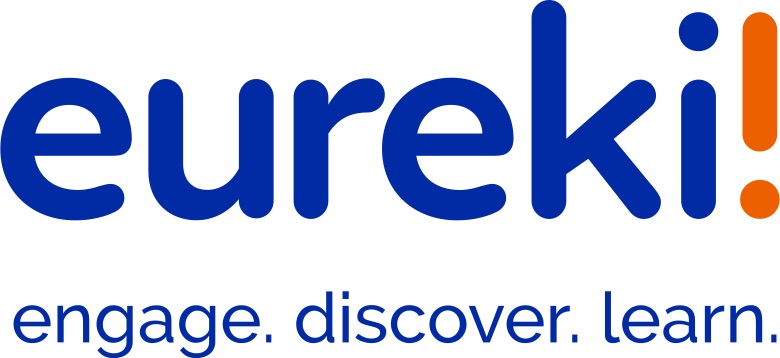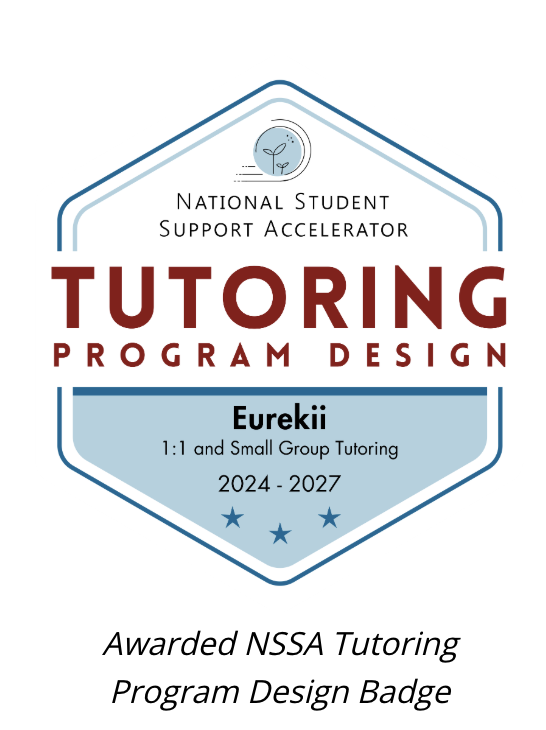The Role of Tutoring in Closing the Achievement Gap for BIPOC Students in Maryland
The Role of Tutoring in Closing the Achievement Gap for BIPOC Students in Maryland
The achievement gap between Black, Indigenous, and People of Color (BIPOC) students and their white counterparts has been a persistent issue in education across the United States, including in Maryland. As educators and policymakers search for effective solutions, tutoring has emerged as a promising strategy to help close this gap. Let’s explore how tutoring can make a difference for BIPOC students in Maryland.
Understanding the Achievement Gap
First, it’s important to understand what the achievement gap means. It refers to the disparity in academic performance between different groups of students, often defined by race, ethnicity, or socioeconomic status. This gap is reflected in various measures, including test scores, graduation rates, and college readiness.
The Power of Tutoring
Tutoring, when done effectively, can be a powerful tool in addressing the achievement gap. Here’s why:
1. Personalized Attention: Tutoring provides one-on-one or small group instruction, allowing for a more tailored approach to each student’s needs. This personalized attention can help BIPOC students who may have fallen behind catch up more quickly.
2. Building Confidence: Many BIPOC students may feel discouraged in traditional classroom settings. Tutoring can help build their confidence by providing a supportive environment where they can ask questions freely and see their progress more clearly.
3. Addressing Specific Challenges: Tutors can focus on specific areas where a student is struggling, whether it’s a particular subject or study skills. This targeted approach can be especially beneficial for BIPOC students who may have gaps in their learning due to systemic inequalities.
4. Cultural Relevance: When tutors are trained in cultural competency or come from similar backgrounds as their students, they can provide instruction that is more culturally relevant and relatable.
Implementing Effective Tutoring Programs
For tutoring to be successful in closing the achievement gap for BIPOC students in Maryland, consider these key factors:
1. High-Quality Instruction: Tutors should be well-trained and use evidence-based teaching methods. The University of Minnesota Rochester’s “Just Ask” program, where faculty members provide tutoring, could be a model to consider.
2. Consistent and Frequent Sessions: Regular tutoring sessions over an extended period are more likely to yield positive results than sporadic or short-term interventions.
3. Alignment with Classroom Curriculum: Tutoring should complement and reinforce what students are learning in their regular classes.
4. Accessibility: Ensure that tutoring programs are easily accessible to BIPOC students, considering factors like location, timing, and cost.
5. Data-Driven Approach: Use assessments and track progress to continually improve the tutoring program and ensure it’s meeting students’ needs.
Maryland’s Opportunity
Maryland has the opportunity to make a significant impact on the achievement gap by investing in high-quality tutoring programs for BIPOC students. By learning from successful models and adapting them to local needs, the state can provide crucial support to students who have been historically underserved by the education system.
Closing the achievement gap is a complex challenge that requires a multifaceted approach. While tutoring alone may not solve all the issues, it can be a powerful tool in Maryland’s toolkit for creating a more equitable education system. By providing BIPOC students with the personalized support they need to succeed, tutoring can help pave the way for a brighter future for all of Maryland’s students.






